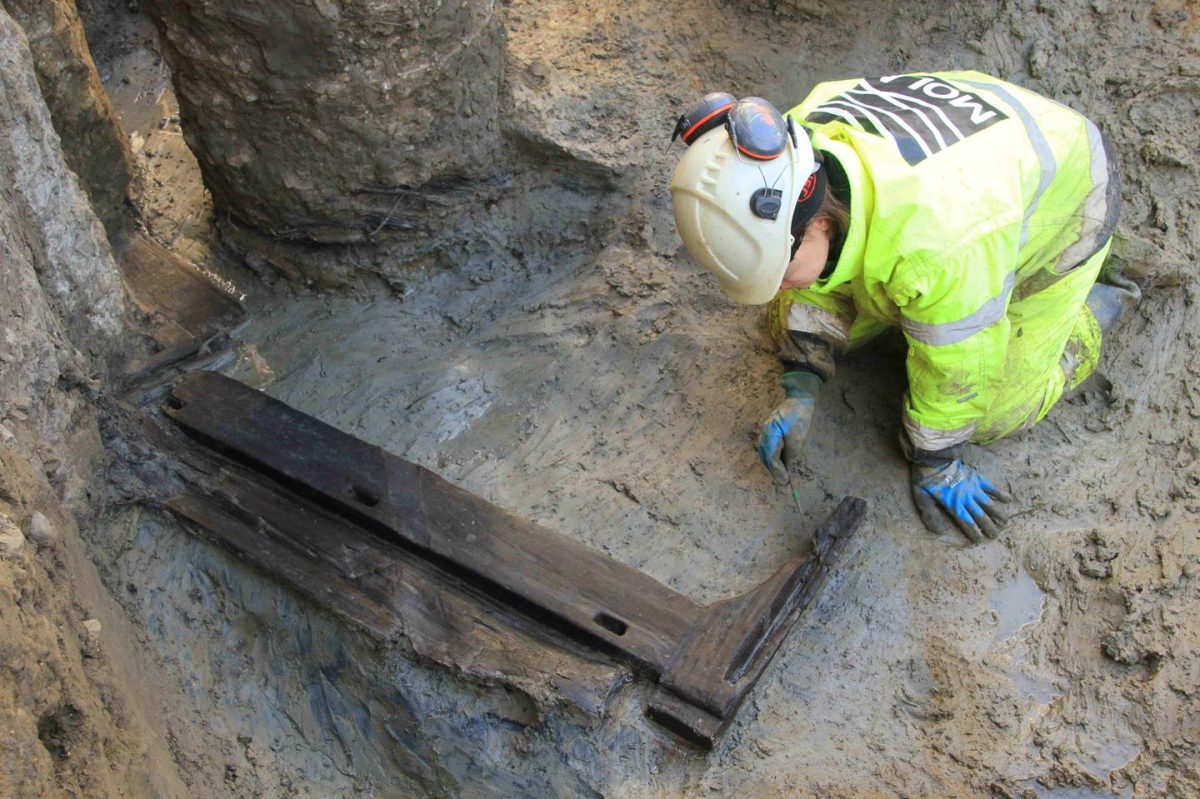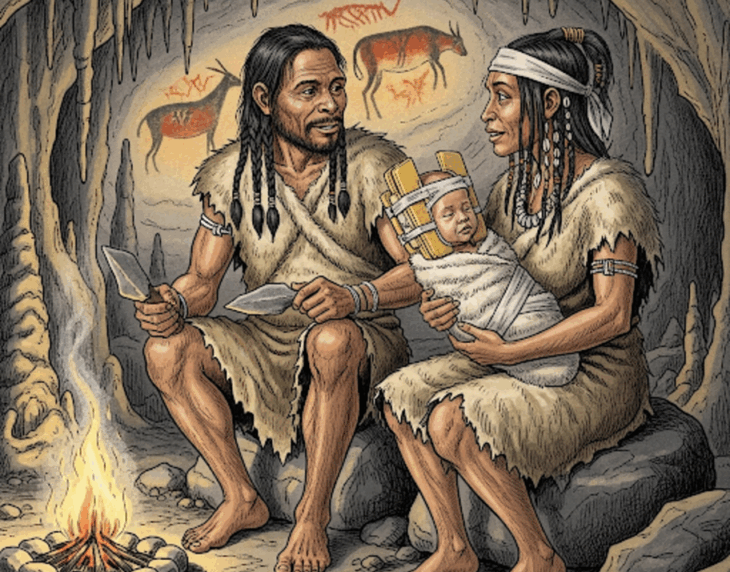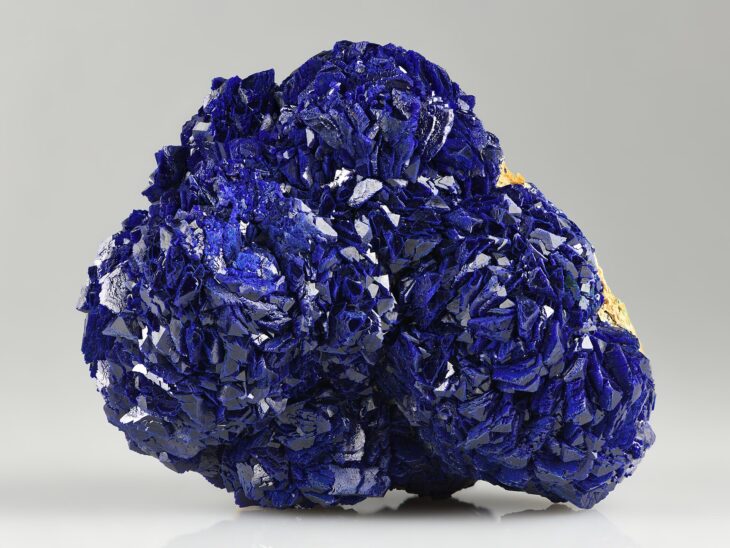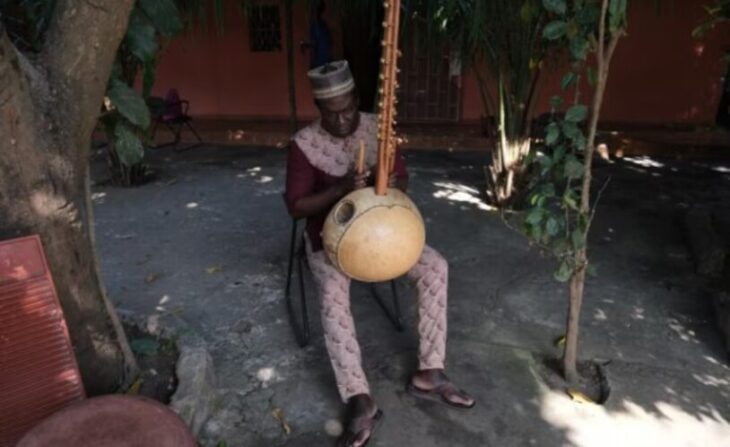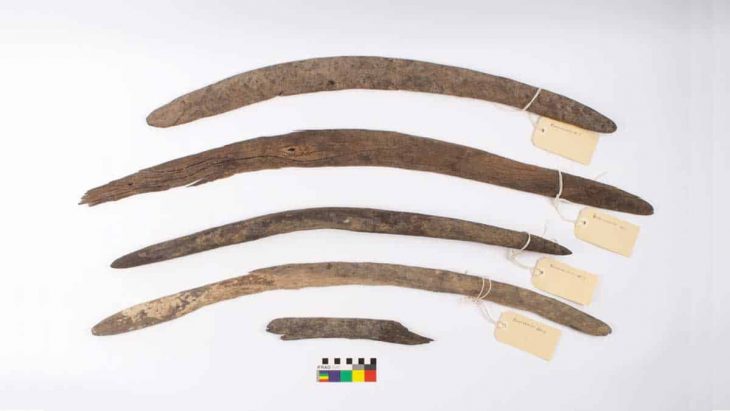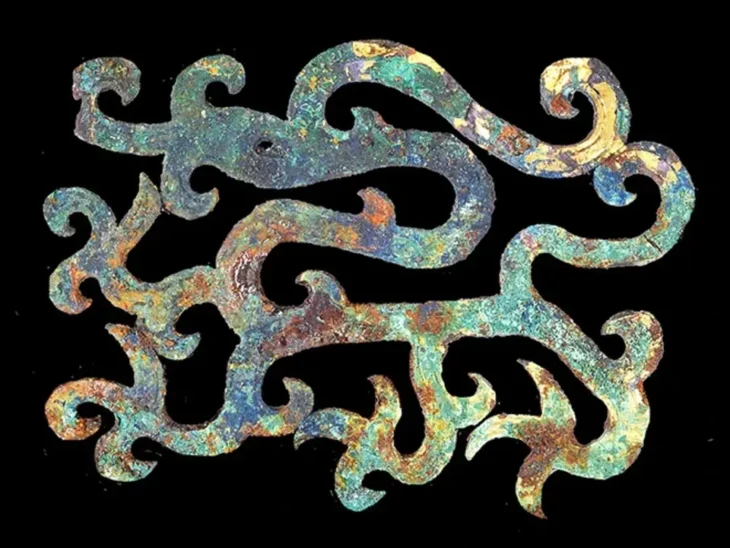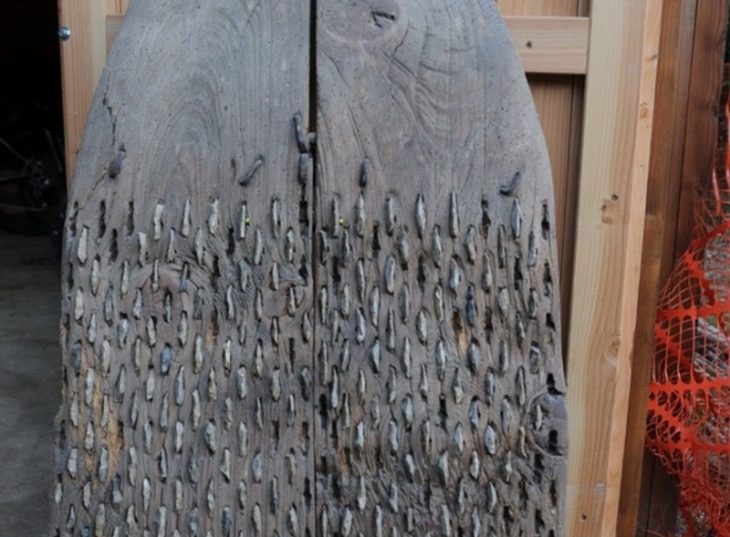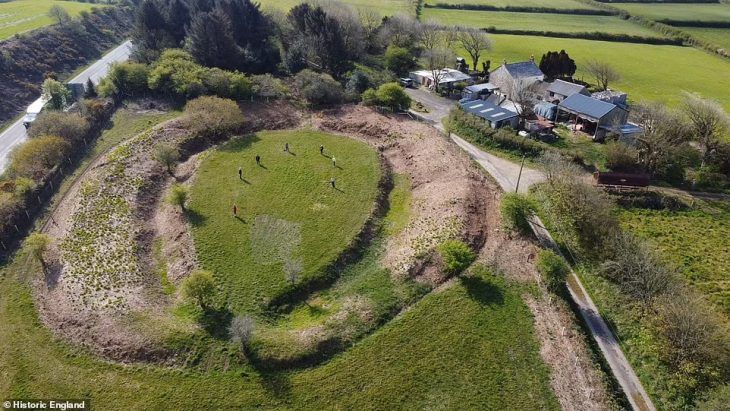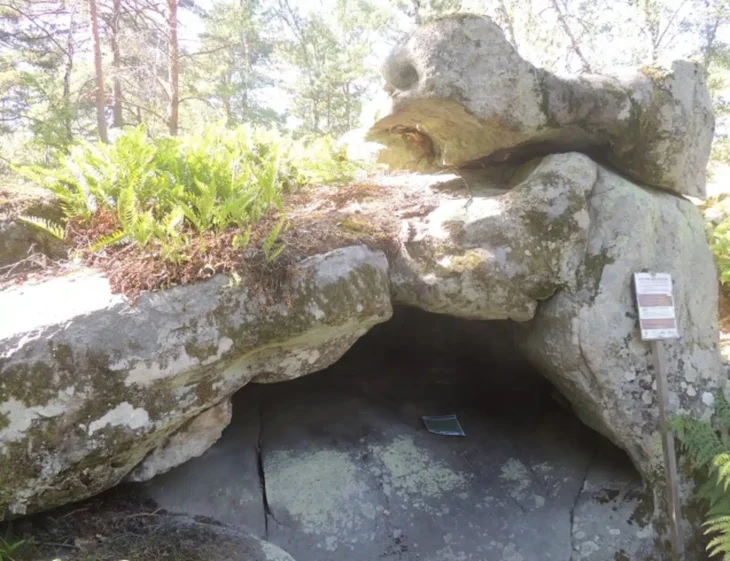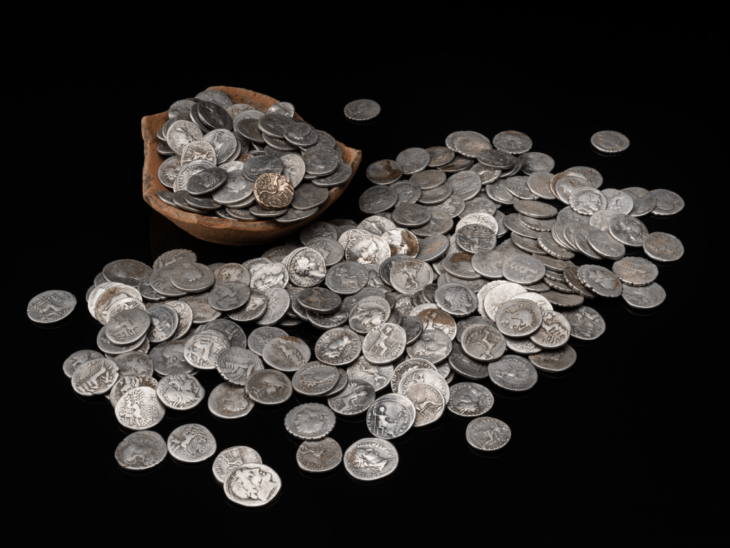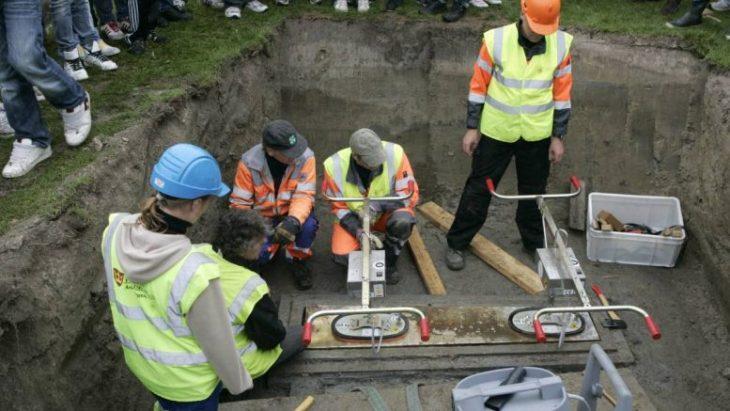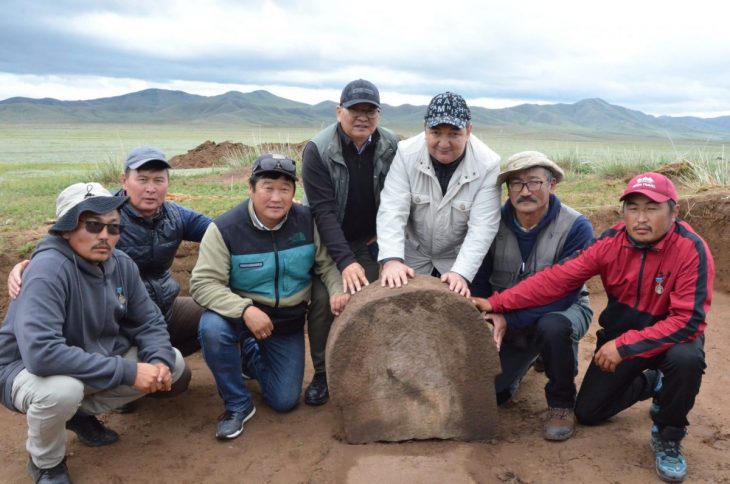Archaeologists excavating a construction site in London have unearthed the first Roman “flat-packed” funerary furniture – a fully intact Roman funerary bed -, skeletal remains, and five oak coffins ever found in Britain.
The excavation site, located near Holborn Viaduct in London, will eventually be converted into an office space for the Hogan Lovells law firm. However, the old Roman cemetery is currently providing insight into two millennia of London’s past.
In 47 AD, the Romans founded London as Londinium and later built a bridge across the Thames. The settlement served as an important port, with roads connecting to other Roman outposts in Britain.
Representing a national “first”, the Roman funerary bed was found alongside five oak coffins, adding to a collection of only three Roman wooden coffins ever found in London.
Archaeologists from the Museum of London Archaeology (MOLA) uncovered the first complete funerary bed to be found in the UK, an object experts have likened to “flat-packed furniture” which would have been used to carry the deceased to the grave.
📣 Our WhatsApp channel is now LIVE! Stay up-to-date with the latest news and updates, just click here to follow us on WhatsApp and never miss a thing!!
Roman artworks often show the spirits of the dead lounging on these beds, sipping wine, and eating grapes. Such furnishings would have been buried with the dead, for them to use in the next life.
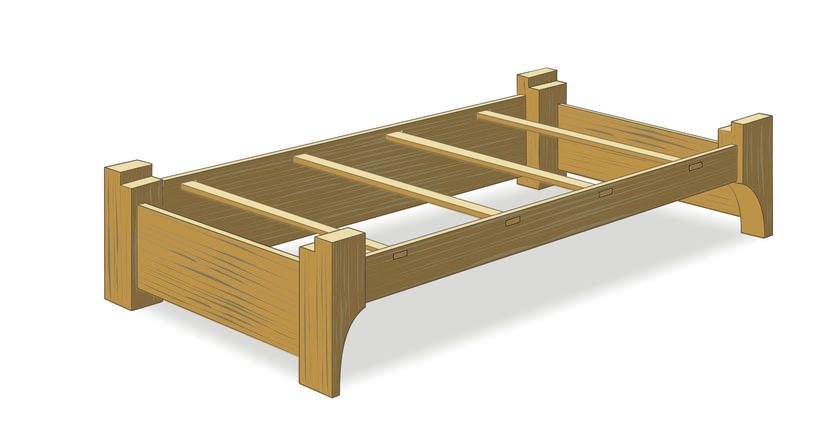
The funerary bed has carefully carved feet. Meanwhile, the joints were secured with small wooden pegs, and analysis revealed that the artifact was made of “high-quality oak.” Evidence suggests that the bed was disassembled before being placed in the 20 or 30-year-old Roman man’s grave.
The oak bed was found remarkably well preserved by mud of the now subterranean River Fleet which runs beneath the streets of central London.
Heather Knight, Project Officer at MOLA: ‘The levels of preservation we’ve encountered – and particularly uncovering such a vast array of wooden finds – has really blown us away.’
Statement in The Guardian, Michael Marshall, an artifacts specialist with the Museum of London Archaeology (MOLA), said the Roman bed was “carefully taken apart and stashed, like flat-packed furniture for the next life.”
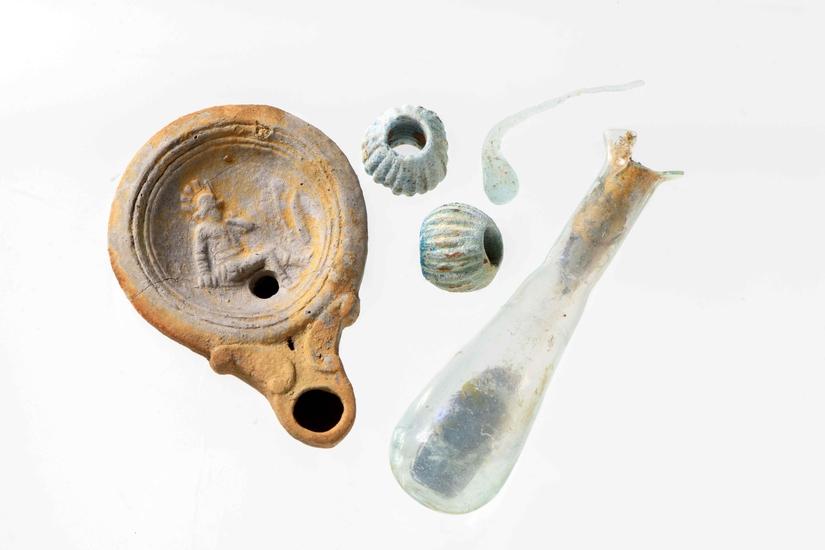
Marshall explained that the find site, located outside the walls of the Roman city, was about 6 meters (19.7 ft) beneath the modern ground level. While the area had been excavated in the 1990s, discovering the intact Roman bed came as “a complete surprise,” who added that he had “never anything like it before.”
Marshall also said the quality of the bed likely indicates that the deceased was someone of high status, as the bed is “an incredibly well-made piece of furniture… It’s one of the fancier pieces of furniture that’s ever been recovered from Roman Britain.”
Glass beads, a vial containing residue, and a decorated lamp were discovered at the Roman cemetery and date back to the earliest period of Roman occupation in Britain, between 43 AD and 80 AD. Before these recent discoveries, archaeologists had only written records of beds being used in Roman funeral processions. These artifacts are also found carved on tombstones.
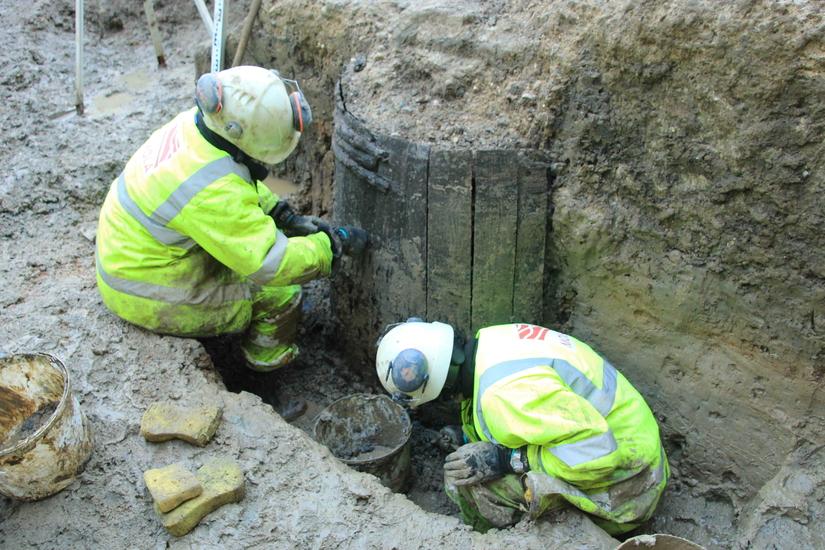
This discovery demonstrates that people were buried with Roman funerary beds. But until now there was no evidence that Romans in Britain were buried with beds. This is “the first time” hard evidence for these artifacts being used in funerary rites has ever been found in Britain, explained Marshall.
This lack of evidence could be partly because wooden artifacts do not usually survive as long as metal or glass. The practice of being buried on beds is believed to have been popularised with the introduction of Christianity.
Excavations also revealed that there had once been a second cemetery on the site, dating back to the 16th century.
Cover Photo: MOLA

